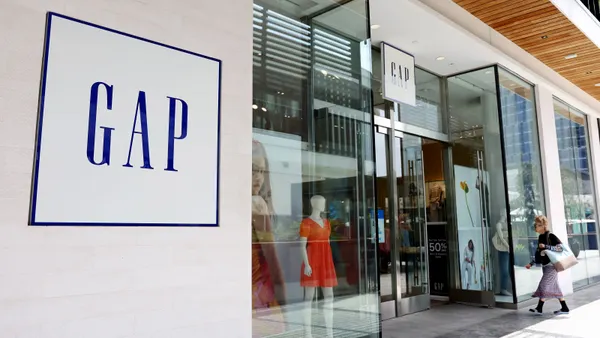Dive Brief:
- Revenues from app sales are expected to reach $51 billion worldwide this year, according to a forecast from analytics firm App Annie, which projects revenues of $101 billion by 2020.
- Research firm Garner estimates that businesses will dedicate 25% of their enterprise IT budgets to mobile app development by next year.
- While only a small percentage of time spent in apps takes place in branded apps, it’s some of the most valuable time spent to the retail, banking and hotel customers using them.
Dive Insight:
Despite some analysts and pundits expressing doubts about future of the mobile application economy, it seems apps haven’t yet peaked in terms of use and revenues. App sales are expected to reach $51 billion worldwide this year, and app usage accounts for the majority of the considerable amount of time spent on mobile phones. A new economy is growing inside apps, too, generating about $300 billion in e-commerce sales last year and $34 billion in advertising.
Still, smartphone users typically use fewer than 30 apps per month, and the time spent is dominated by “umbrella” communication and social networking apps such as Facebook, Messenger and WhatsApp. Most of the leading umbrella apps are owned by tech giants Apple, Facebook and Google, and some are spawning new sub-app ecosystems within their apps.
Brands wanting to deliver a dedicated customer experience shouldn’t despair, though—apps don’t need to take a lot of consumers’ time to be valuable to the businesses offering them. Apps that enhance customer loyalty, aid in on-the-go commerce and help manage finances don’t require constant attention, but can be very rewarding for user and business alike.
App users are some of retailers’ most valuable customers, spending an estimated $116 per transaction on mobile for every $100 spent on desktop, according to retargeting company Criteo. Shoppers who use apps are also more likely to act upon intent, converting at 3.7 times the rate of shoppers shopping on the mobile web.
The cost of developing an app and promoting discovery is dropping as well, meaning that more businesses can explore an app. And while apps initially presented a hard stop to data relating to usage and sales, deep-linking technologies have helped connect native apps to the broader web, ensuring continuity across commerce efforts.













